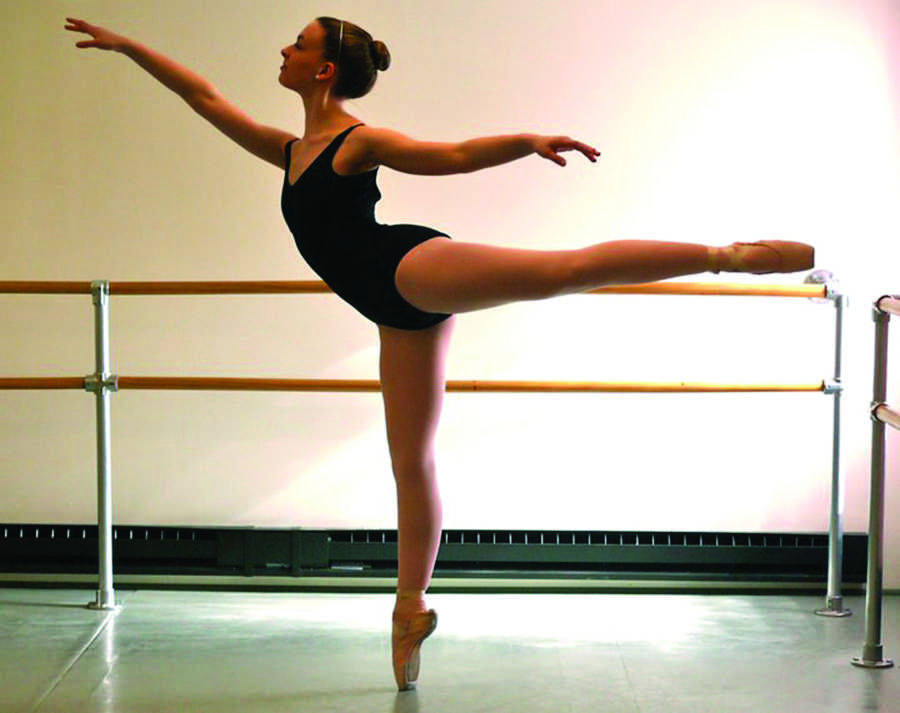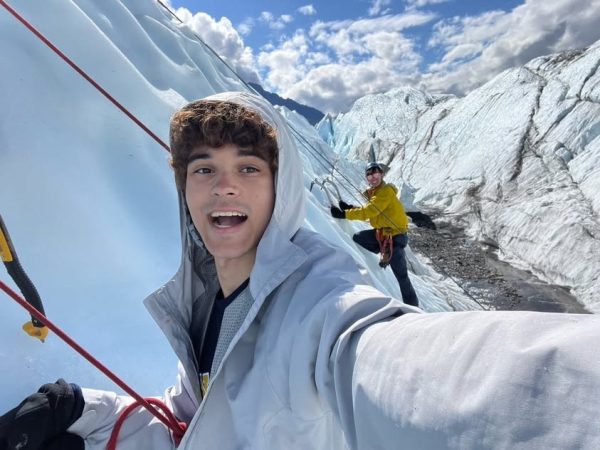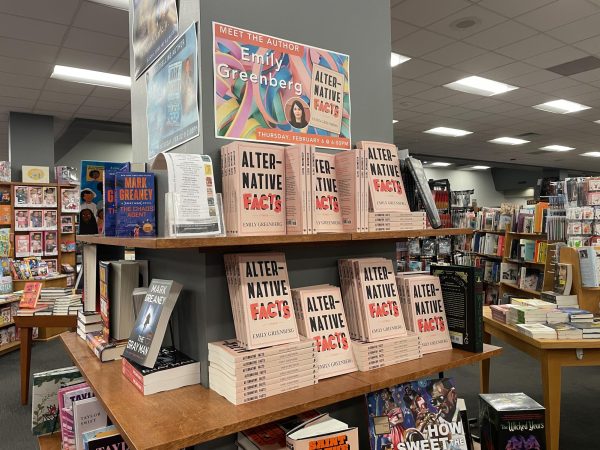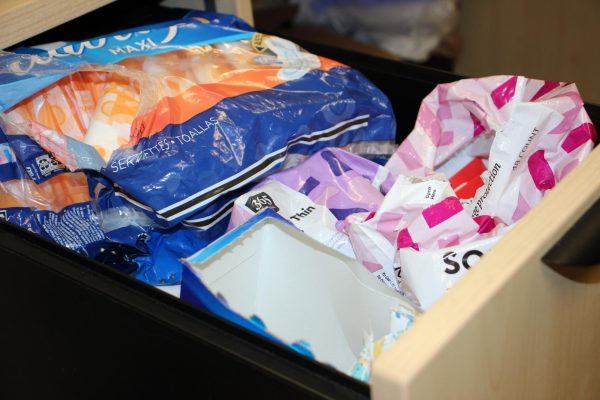Craven to Move
“I actually started dance when my parents put me in it because I was really clumsy and they thought it would help with my coordination and I wouldn’t bump into things all the time and then I just stayed in it. Dancing has made me more open-minded, more creative. It’s become my passion over the years.”
Senior Ellie Craven has made many sacrifices to make dance one of the most important focuses in her life. Now, she must put her passion on hold for a long four months after a Flexor Hallucis Longus (FHL) tear surgery.
The FHL muscle allows you to point your big toe and stabilizes the subtalar joint for movement of the heel towards the medial plan and lateral plane. In other words, this muscle is vital for movements required in dance.
Injuries to the FHL tendon, which are also known as “dancer’s tendonitis,” are common among dancers like Craven. These injuries are also seen in runners, soccer players and other athletes who perform repeated movements or jump.
For Craven, this surgery meant healing, but also a slight setback. Prior to the surgery Craven was, “mad because I didn’t know it was an option and I could have done it a while ago… [I was] just ready to have surgery done.”
“There was really no choice. There was super intense physical therapy which basically could only be offered in New York or there was the surgery.”
She is particularly concerned about the effects of the surgery because of college dance auditions in January and February. Craven wants to pursue a major in dancing but is considering letting dance become a hobby rather than a professional job, “Arts management or administration so like business, but still in dance because jobs in dance are really hard.”
Following the surgery, Craven did have difficulty adjusting. However, she is becoming more optimistic about the effects. “I can see myself getting better and making progress. It really changed my perspective and I really let go and had to take it day by day. I’m grateful that I had the opportunity, and I’m happy that I could be dancing because of this.”
Craven said post-surgery, “I got lots of support from my friends and I even got food. Lots of encouragement. It helped me make my decision to keep dancing in college because once it got taken away I realized how much I love it.”
Craven said this was a defining moment for her because, “It completely changed [my] perspective of senior year…Everything isn’t as expected…Something good has come out of a bad thing.” Despite the pain, she will come out of this process a better dancer. With Craven’s positive outlook, she will be back on her feet again in no time.
Your donation will support the student journalists of White Station High School. Your contribution will allow us to purchase equipment and cover our annual website hosting costs.






































